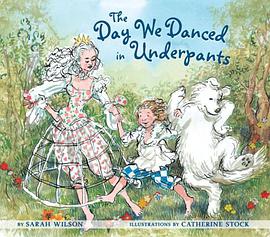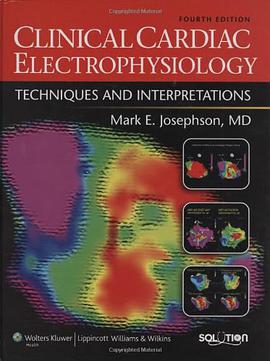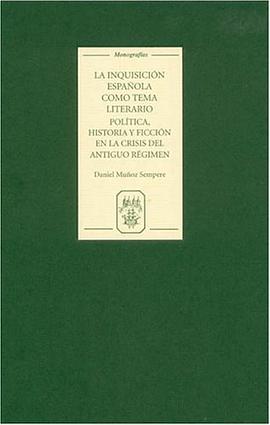

Tail-rhyme romance unites a French genre with a continental stanza form, so why was it developed only in Middle English literature? For English audiences, tail-rhyme becomes inextricably linked with the romance genre in a way that no other verse form does. The first examples are recorded near the beginning of the fourteenth century and by the end of it Chaucer's Sir Thopas can rely on it to work as a shorthand for the entire Middle English romance tradition. How and why this came to be is the question that Anglicising Romance sets out to answer. Its five chapters discuss the stanza's origins; the use of tail-rhyme in Anglo-Noman literature; questions of transmission and manuscript layout; the romances of the Auchinleck manuscript; and the geographic spread of tail-rhyme romance. The individual entries in the Appendix present newly reassessed evidence for the provenance and date of each of the thirty-six extant tail-rhyme romances. RHIANNON PURDIE is Senior Lecturer in Mediaeval English at the University of St Andrews.
具體描述
讀後感
評分
評分
評分
評分
用戶評價
相關圖書
本站所有內容均為互聯網搜索引擎提供的公開搜索信息,本站不存儲任何數據與內容,任何內容與數據均與本站無關,如有需要請聯繫相關搜索引擎包括但不限於百度,google,bing,sogou 等
© 2025 qciss.net All Rights Reserved. 小哈圖書下載中心 版权所有




















